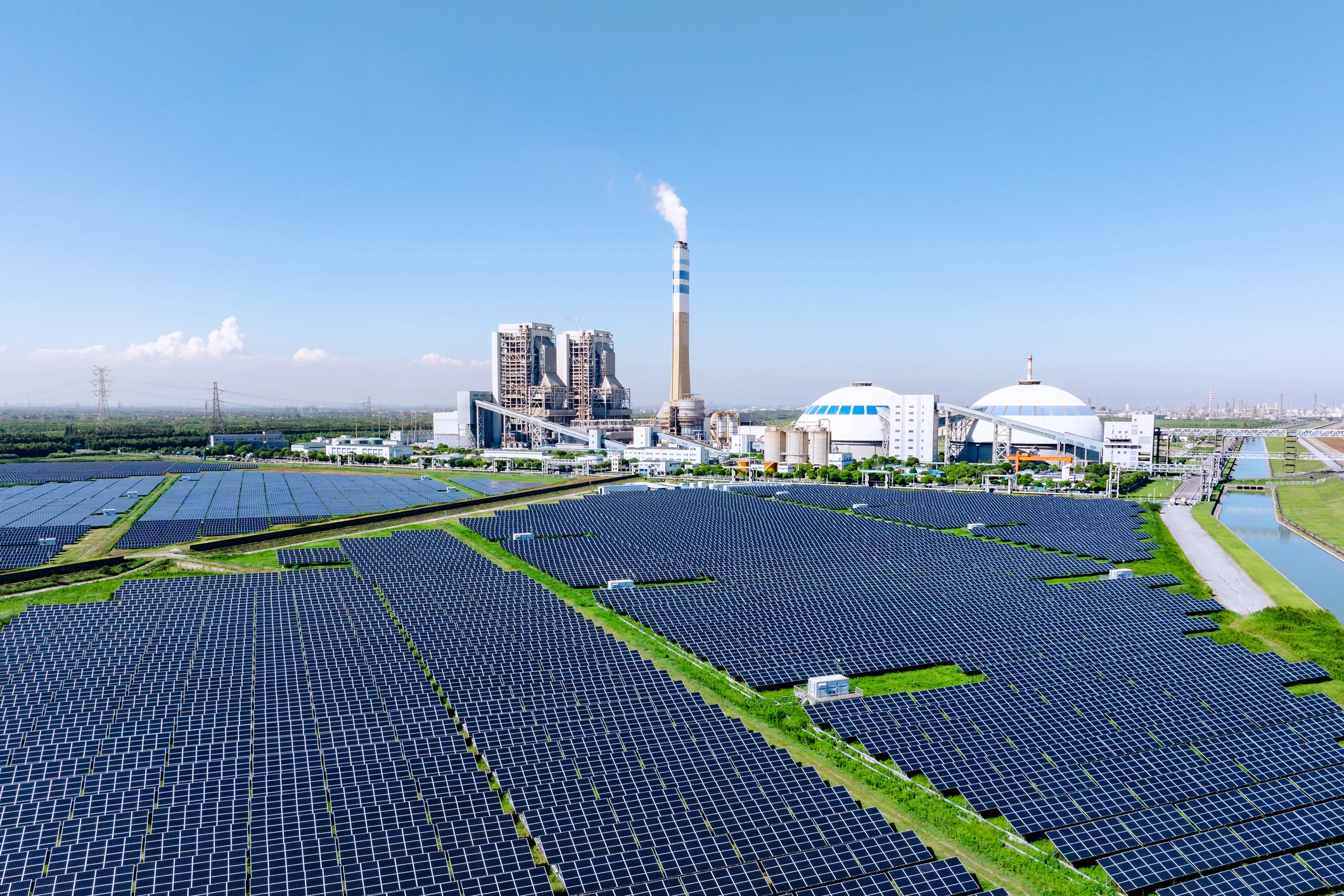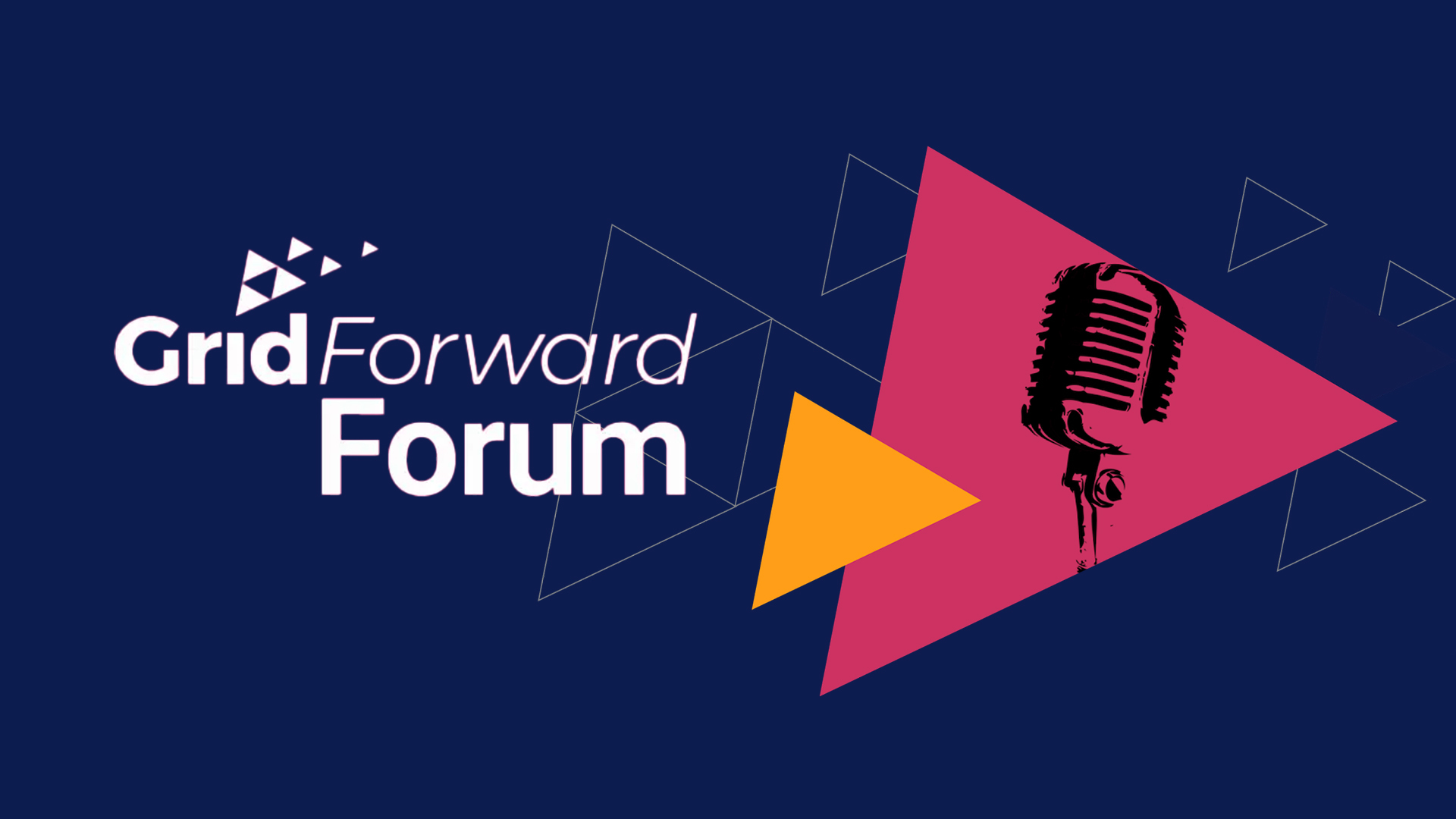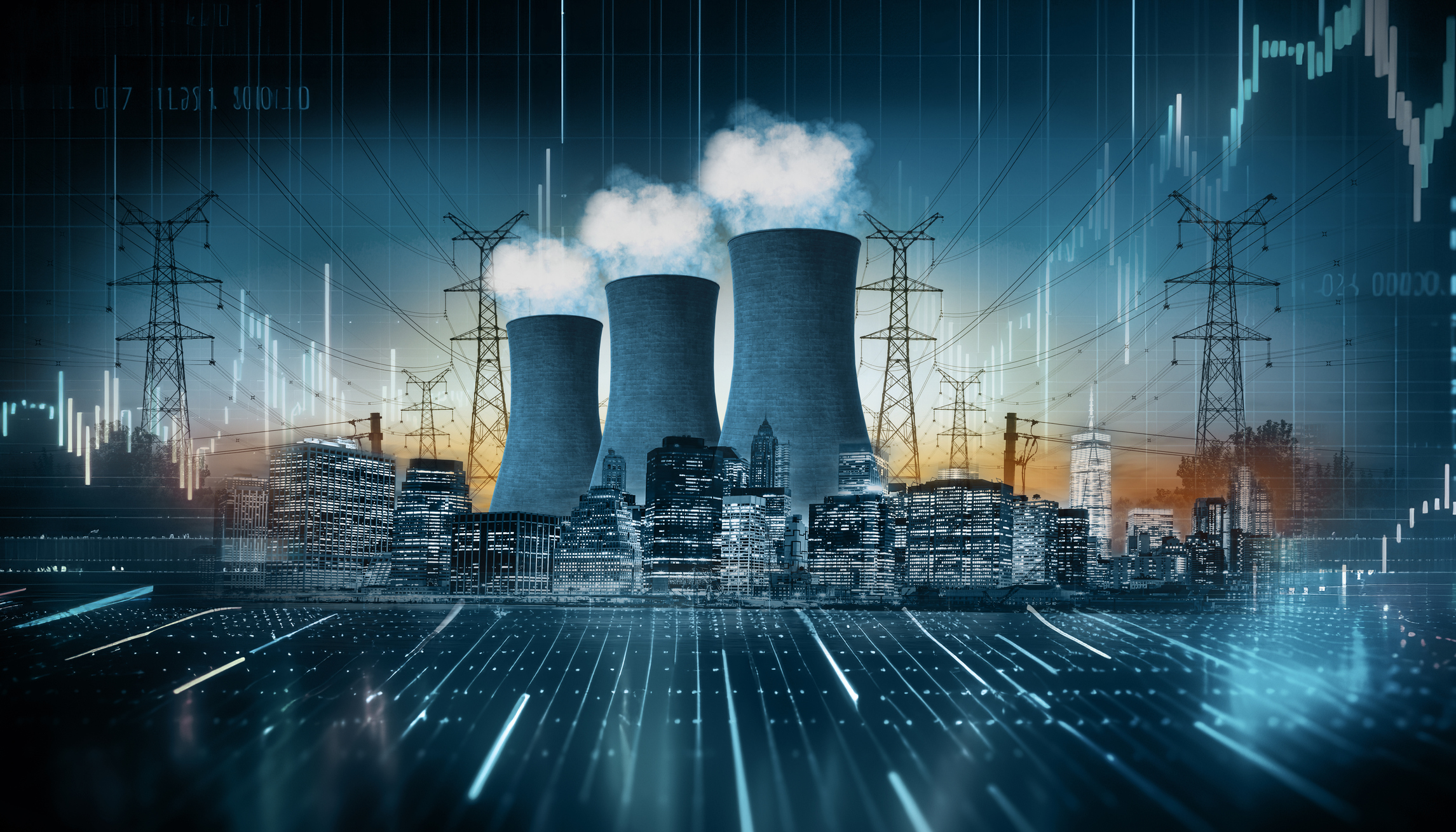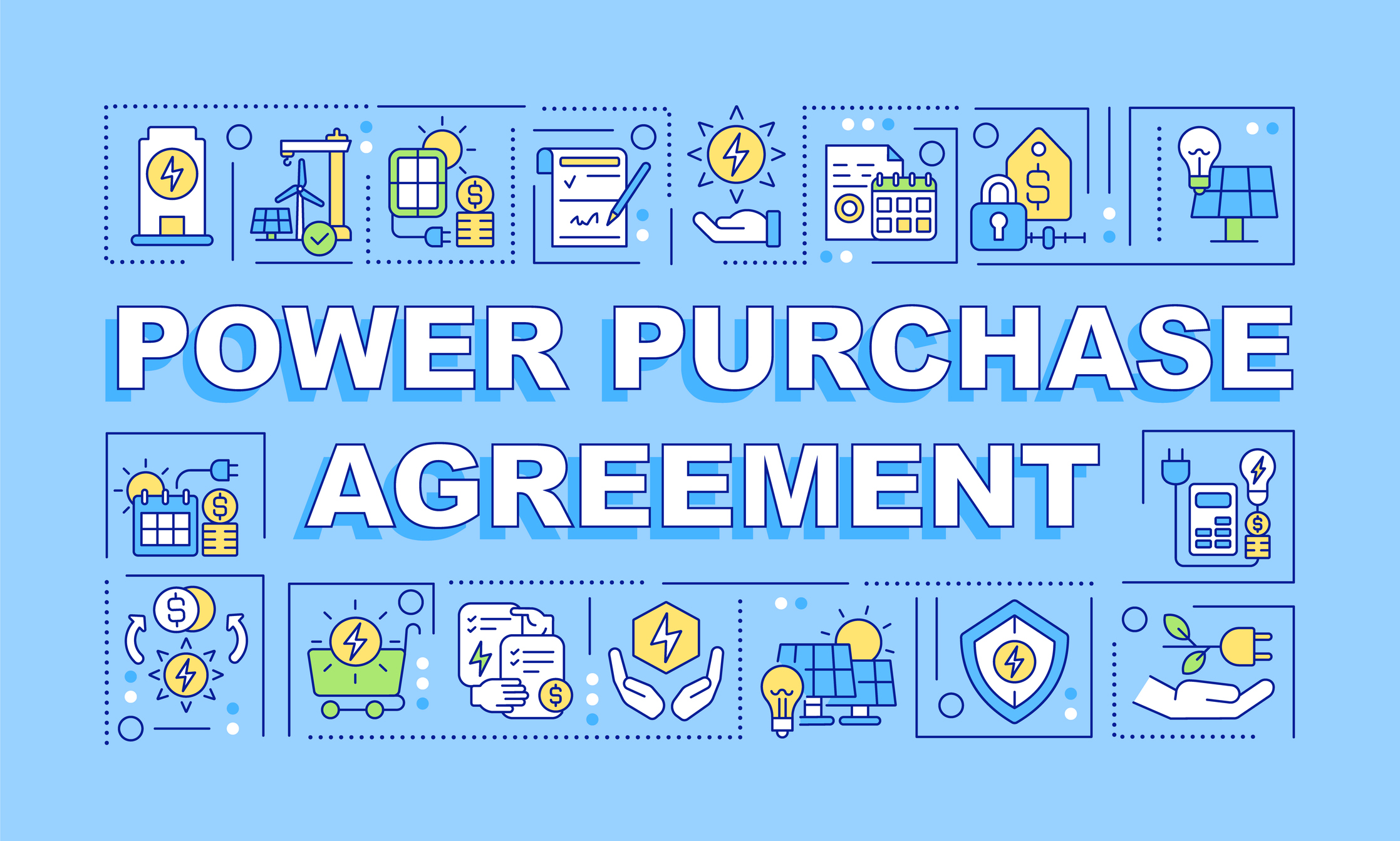Gas power is undergoing an unexpected resurgence, driven by rapidly growing electricity demand. Over the last five years or so, gas power has fallen from favor in exchange for renewable energy projects. That philosophy has shifted due to the evolving priorities of major energy consumers, particularly hyperscalers: the prevailing sentiment is to meet demand by whatever means necessary. While manufacturers are rapidly ramping up efforts to produce more gas turbines, costs remain high for the foreseeable future. Despite tariffs and supply chain issues, distributed energy resources (DERs) remain an effective and affordable solution to foster greater grid capacity. Through the use of a distributed energy resource management system (DERMS), utilities can leverage DERs for use in demand flexibility programs like virtual power plants and demand response, which are cheaper and cleaner, non-wires alternatives to gas turbines.
Gas Turbines in Action
Gas turbines are a type of continuous flow internal combustion engine used to reliably generate power that has captured the minds of engineers for hundreds of years. The first industrial gas turbine came online in Switzerland in 1939. That initial gas turbine started as a stand-by unit with an efficiency of 17.4%. Just a decade later, the first industrial gas turbine in America was developed for the Oklahoma Gas and Electric Co. While that unit had a reported 17% efficiency, heat exhaust from the plant was used to heat feedwater for a conventional steam plant, making the OK turbine the first combined cycle plant.
Since then, technological advancements have made gas turbines even more efficient and reliable. For example, research indicates that modern turbines can achieve 60% thermal efficiency in combined cycle power plants, making them both highly efficient and relatively predictable.
Gas Turbines & Fuel Costs
Industrial-scale gas turbines utilize natural gas, an odorless, gaseous mixture of hydrocarbons primarily composed of methane, a non-renewable resource. Natural gas prices are driven by multiple market pressures. Because natural gas is a finite resource, these pressures become apparent when supply and demand are misaligned, which can cause massive spikes in both operational and customer costs during periods of peak demand, particularly driven by seasonal weather extremes.
The Advantages of Gas Turbines
For electric utilities, industrial gas turbines are used at scale to meet demand, driven by numerous factors, including advantages like predictability, speed of activation (particularly peaker plants), and interoperability, as many gas turbine plants work well in tandem with other power generation technologies. There are numerous examples of the efficacy of gas turbines. This includes:
- Efficiency: As noted, gas turbines are one of the most reliable forms of energy production.
- Interoperability: Gas turbine engines are useful in combined cycle or cogeneration strategies by leveraging exhaust heat waste.
- Flexibility: Industrial gas turbines are highly flexible, meaning that they can start rapidly to meet spikes in demand.
- Lower Emissions: This is a comparative analysis, but gas turbines produce fewer pollutants like sulfur dioxide, nitrogen oxides, and particulate matter.
The Disadvantages of Gas Turbines
By contrast, demand for gas turbines is soaring, so much so, in fact, that the current wait time has increased to several years. This increase in demand for gas turbines is driven by the parallel spike in energy demand driven by AI and data center developments, supply chain and tariff challenges, and the retirement of fossil fuel plants. Because of this, the Department of Energy recently curtailed the planned retirement of several fossil fuel plants in the U.S., which has already caused an exponential increase in both operational costs and customer bills. Further disadvantages to gas turbines include:
- Deployment Times: According to Utility Dive, increases in the manufacturing of industrial gas turbines are challenged by several factors, like supply and demand, and broader market concerns, which must balance the deployment of an industrial gas turbine with overall market pressure, including the long-term viability of natural gas resources.
- Construction Costs – Not only is there a backlog of demand for gas turbines, but upfront capital costs can prove intimidating at the least, if not impossible. Per the Brattle Group, virtual power plants (VPPs), which offer a non-wires alternative to conventional plants, cost on average 40-60% less.
- Maintenance Costs: Unlike virtual power plants, industrial gas turbines carry ongoing maintenance costs, which can fluctuate based on supply and demand, as well as the severity of any potential repair needed.
- Fuel Prices – Because industrial gas turbines use natural gas, fuel costs present a considerable and volatile factor in the economy of gas turbines. Driven by increasing demand, natural gas prices are expected to rise to $4 per MMBtu in 2025 and $4.90 per MMBtu in 2026, both significant increases from the $2.20 per MMBtu in 2024.
The Value of Distributed Energy Resources
A recent Guidehouse report estimates that the global market for distributed energy resources (DERs) is expected to grow to 7.6 million GW by 2033. This is driven ultimately by resource inadequacy, especially as erratic weather patterns and volatile temperature extremes drive usage globally. Despite legislative acts to curtail renewable energy technologies, DERs remain a vital player in national energy security. In fact, research indicates that DER resources, which can help target grid bottlenecks and enhance grid capacity, may prove instrumental in accelerating data center interconnection.
Demand Flexibility Programs
Through the use of a distributed energy resource management system (DERMS), utilities can aggregate otherwise disparate distributed energy resources for use in one of several demand flexibility programs, including virtual power plants, demand response programs, EV managed charging, battery programs, and more. In some cases, this requires the employment of a Grid DERMS, which manages utility-held energy assets like solar or battery installations, or a Grid-Edge DERMS, which manages behind-the-meter DER assets found in places like residential, commercial, or industrial properties.
– Syd Bishop, Sr. Content Specialist, Virtual Peaker
This paradigm (Grid vs. Grid-Edge DERMS) creates a holistic solution to utilities by utilizing both utility-held and behind-the-meter DER assets comprehensively. While utility-scale projects may be confounded by tariffs or legislative pressures, the industry continues to flourish. Remember, behind-the-meter DER assets have already reached a significant portion of the American public: in many cases, the distributed energy resources needed to meet demand are already there.
The Virtues of Virtual Power Plants
Virtual power plants (VPPs) offer a decentralized non-wires alternative to conventional gas turbines. In 2023, the Department of Energy (DOE) released a report calling to increase virtual power plant capacity from the 30-60 GW (largely attributable to demand response programs) available in 2023 to between 80-160 GW by 2030 to meet rising demand. While the cultural zeitgeist has shifted, the need for increased grid capacity has not: virtual power plants can provide the load flexibility needed to meet demand at a fraction of the cost. Virtual power plants provide the following benefits:
- Affordability: Virtual power plants are more affordable than a gas turbine, and far quicker to deploy. Through the use of a virtual power plant, utilities can circumvent the lengthy grid interconnection queue, meaning faster resource adequacy to meet rising demand.
- Load Flexibility: While industrial gas turbines can start in minutes, virtual power plants can be deployed at any time. Especially through the use of forecasting software, utilities can predict the need for energy demand, running customer grid events as needed. Likewise, using flexible dispatch technologies that allow grid operators and utility program managers to directly target grid congestion.
- Even Lower Emissions: Virtual power plants operate by either conserving power during peak periods of usage through programs like demand response, or by aggregating communally-generated energy obtained by managing solar inverters or through community solar, which can be redistributed to the grid to meet demand.
- Reliability: The elephant in the room with any virtual power plant is the pending threat of DER intermittency, especially as related to behind-the-meter DERs. Fortunately, there is a solution for that.
Topline Demand Control: Making DERs as Reliable as a Gas Turbine
Topline Demand Control (TDC) is the novel combination of the Shift Grid-Edge DERMS, AI, forecasting software, and model predictive control. Altogether, Topline Demand Control optimizes DER assets at a granular level, monitoring device and program data in real-time to ensure the accurate delivery expected by grid operators. As such, Topline Demand Control was designed to ensure that distributed energy resources are as reliable as gas turbines.
Virtual Power Plants vs. Gas Turbines: Conclusion
Increasing grid capacity and enhancing energy security are crucial to meeting rapidly rising energy demand. Ultimately, gas turbines will effectively meet that rising demand, albeit at a costly premium that takes years to deploy. By contrast, virtual power plant programs can be deployed on a much shorter time frame and, through the use of tools like Topline Demand Control, can reliably meet demand.






